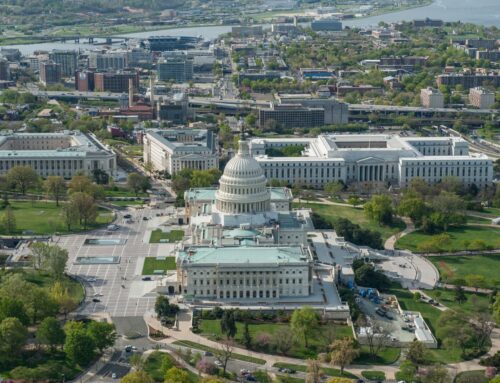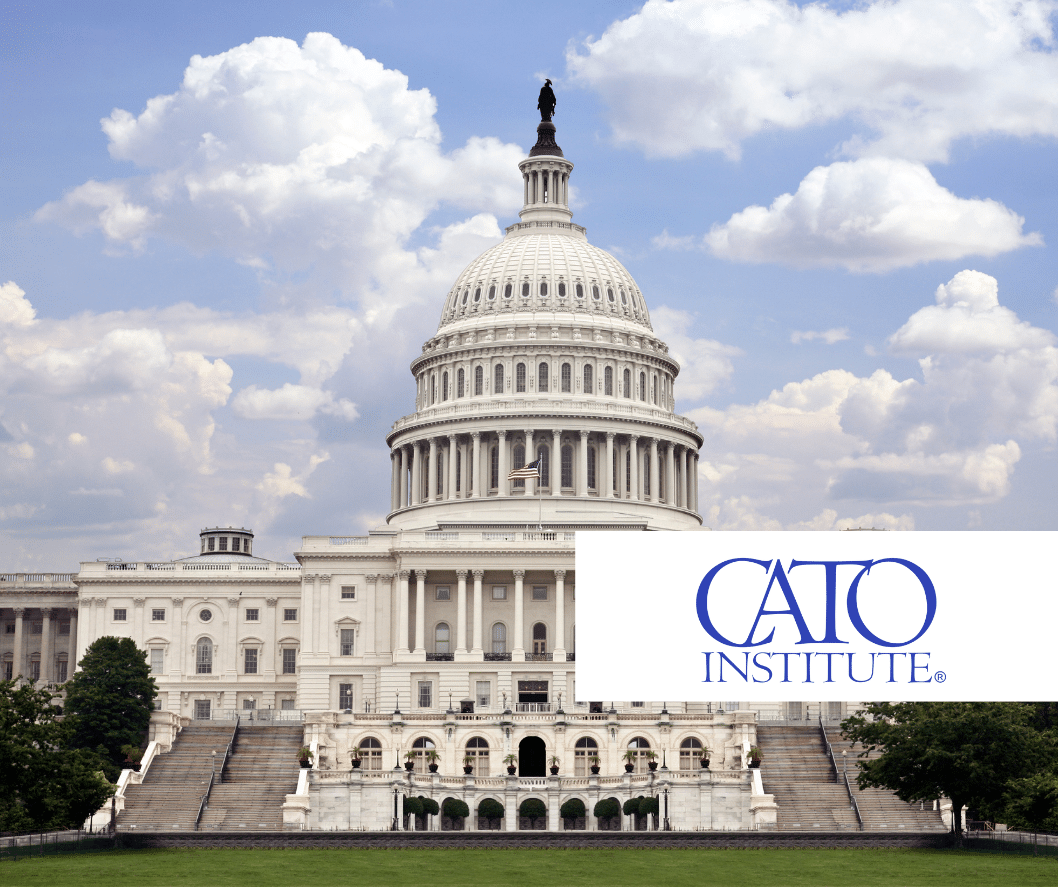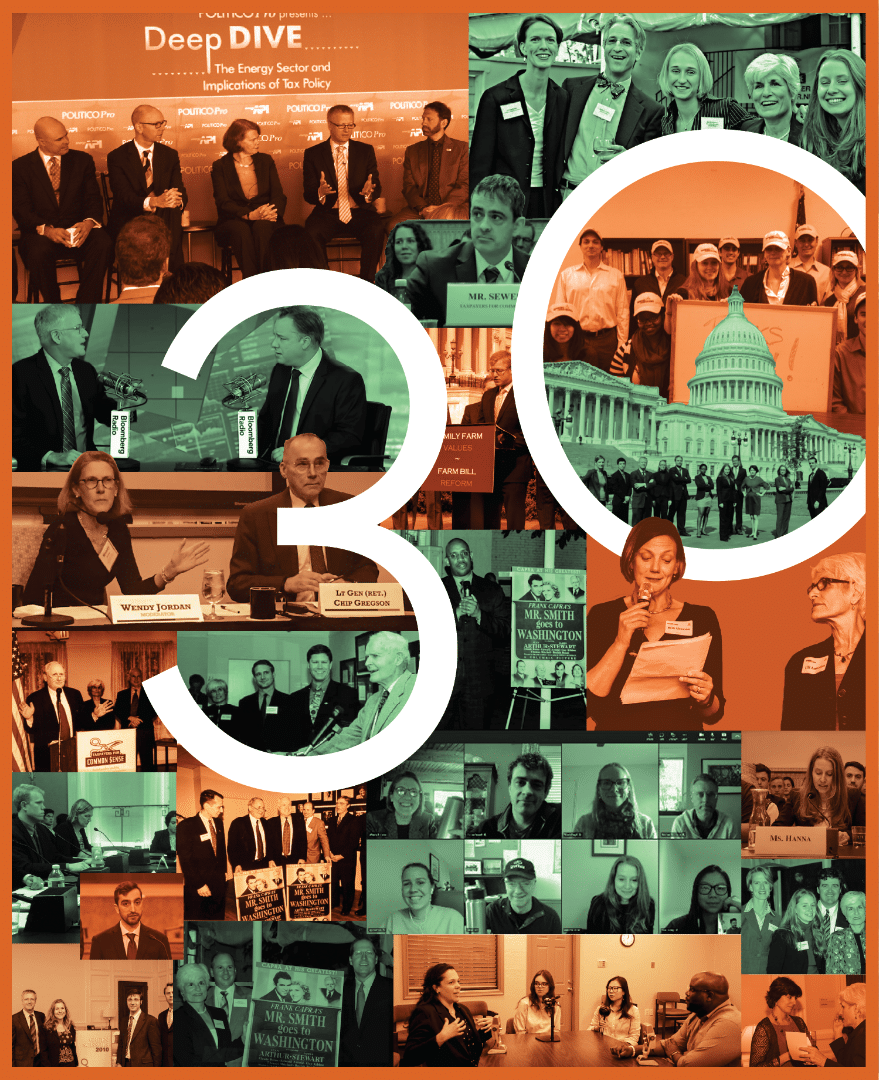The release this week of the long-awaited road map for U.S. nuclear weapons policy was met by some cheers for its commitment to arms reductions. But a close read reveals that oversight of the government’s spending on the nuclear complex must remain on high alert.
The Nuclear Posture Review (NPR) lays out the U.S. government’s nuclear strategy for the next five to ten years. President Obama’s pledge last April to work toward eliminating nuclear weapons made the NPR hotly anticipated, and the document did indeed endorse arms reductions and reiterate the decision not to build new warheads.
But this is not our first time around the report rodeo. To see where policy is really headed just follow the money. The White House’s FY 2011 budget released in February gave $11.2 billion to the National Nuclear Security Administration—the highest ever for the agency, which manages our nation’s nuclear arsenal as well as associated laboratories and facilities. Money specifically allotted to weapons-related activities got a 10 percent bump to $7 billion.
But a lot of this money is going toward efforts that seem to oppose Obama’s stated nuclear policy goals. For example, funding for a “life extension program” for a certain type of warhead will triple to $317 million despite the fact that several countries in Europe, where many bombs carrying the warheads are based, want to get rid of them.
Perhaps more troubling for taxpayers is the 30 percent boost for facilities construction. The NPR states that this spending is necessary because the complex of nuclear labs and facilities has fallen into disrepair. Okay, but the two projects the document identifies as priorities—one in New Mexico and one in Tennessee—seem unnecessary in light of recent developments.
The budget for the Chemistry and Metallurgy Research Facility Replacement (CMRR) at Los Alamos National Laboratory has more than quadrupled in recent years, and that’s before design plans have even been finalized. The scope of the building was called into question with the cancellation of the Reliable Replacement Warhead , which would have been developed there. And the planned $3 billion Uranium Processing Facility at the Y12 plant in Oak Ridge, Tennessee, would also produce parts for weapons we don’t need.
Lawmakers freely admit that they view investment in the aging nuclear complex as a tradeoff for their ratification of arms control treaties. But we know too well the dangers of throwing money at a political problem. First, the NNSA is notorious for poor financial management. The Government Accountability Office repeatedly named NNSA contract management at high risk for waste, fraud and abuse , and lawmakers repeatedly said at recent hearings that they would not give NNSA more money until they were confident that NNSA could spend it well.
Second, spending money on projects with the potential to increase warhead production could endanger our security by sending the wrong message to nuke-seeking countries. The NPR says that “some modest capacity will be put in place to surge production in the event of significant geopolitical ‘surprise’.” Since we already have way more warheads than we could ever need to respond to a nuclear attack—and an elaborate process to ensure that our existing warheads are still ready if needed—it’s hard to see why we need to build multi-billion dollar facilities to “surge production.”
NNSA is scheduled to give Congress a plan for managing its own funding surge within 90 days. That plan should include commitments to independent cost estimates and other tools for corralling runaway dollars. And the country’s nuclear managers should be on alert: We’ll be watching to make sure they stick to that plan and don’t let taxpayer dollars go up in smoke.










